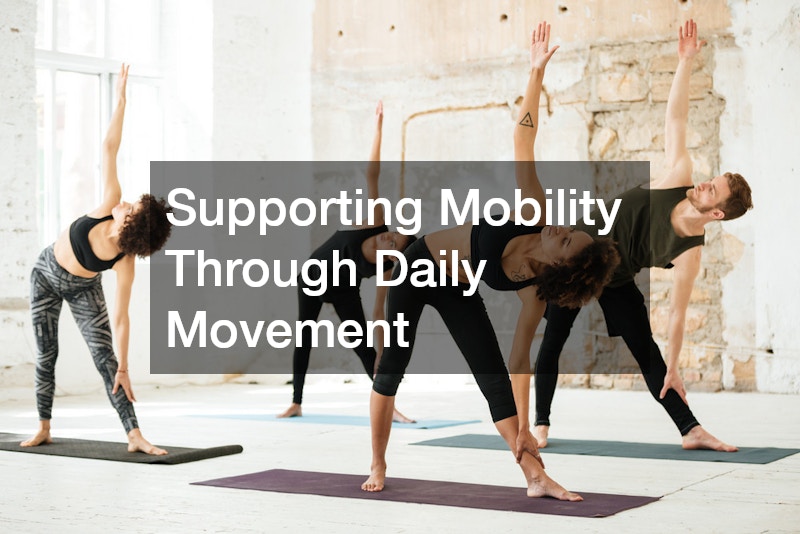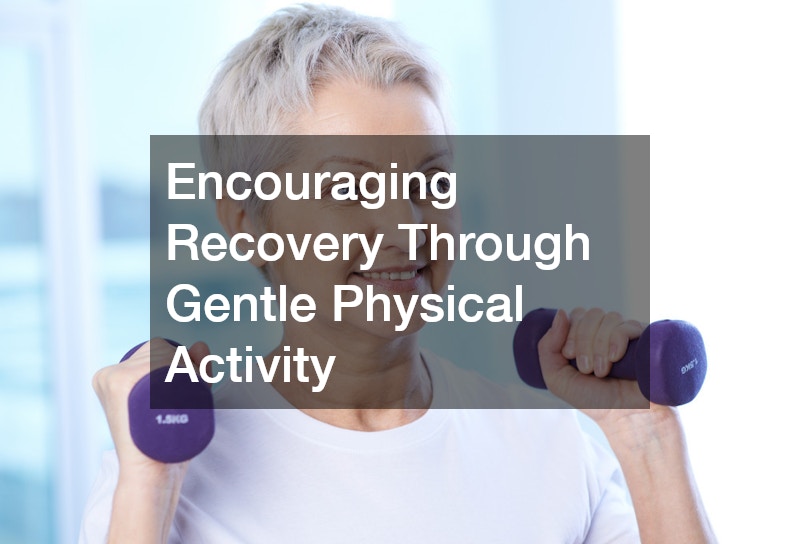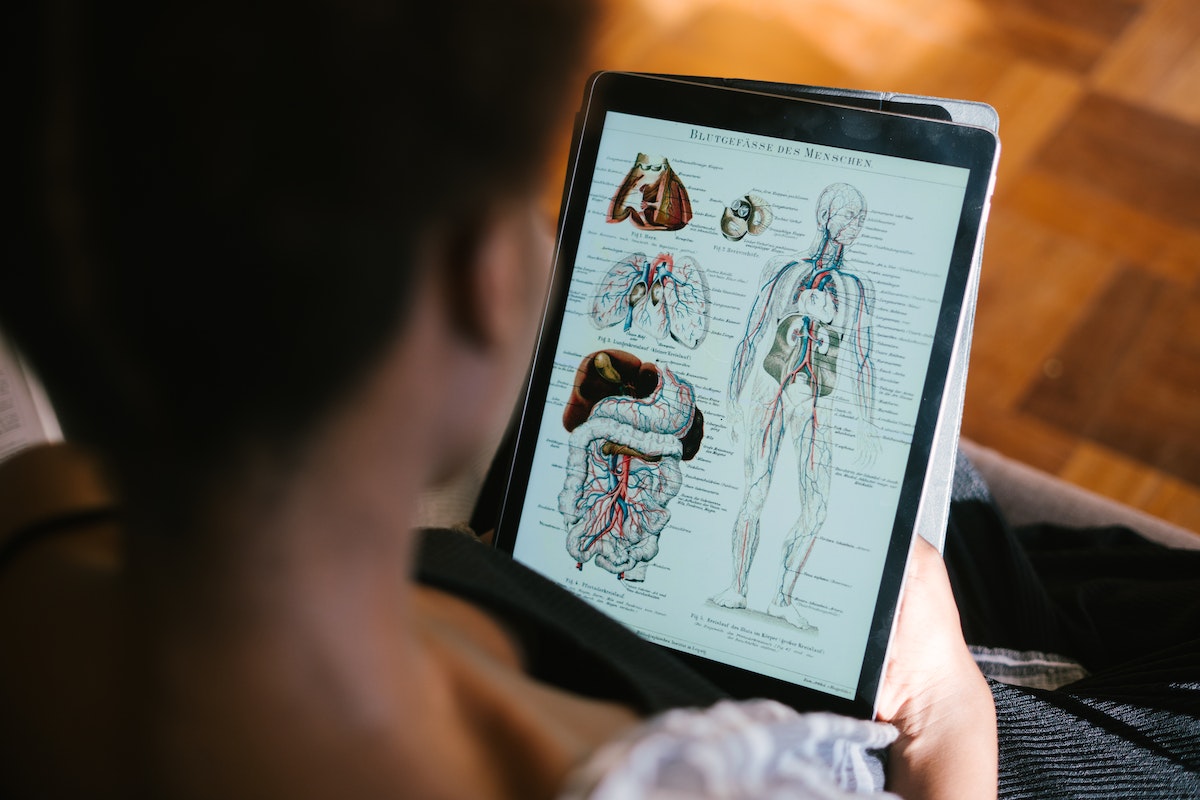
Introduction
Physical activity plays a crucial role in maintaining good health and preventing various medical conditions. By incorporating regular exercise into your routine, you can support your overall well-being and reduce the risk of developing chronic illnesses. In this article, we explore the strong connection between physical activity and medical health, highlighting the importance of staying active for your health.
Whether you engage in cardiovascular workouts, strength training, or flexibility exercises, each form of physical activity offers unique benefits for your body. From improving heart health to boosting mental well-being, regular exercise can positively impact various aspects of your health. By understanding the medical link between physical activity and overall wellness, you can make informed choices to support your health.
As we delve into the different ways that exercise influences medical outcomes, it becomes clear that staying active is an essential component of a healthy lifestyle. By exploring how physical activity can prevent health emergencies, reduce visible signs of aging, and improve mobility, we uncover the profound impact that exercise has on our well-being.
Supporting Mobility Through Daily Movement

One of the key benefits of incorporating daily movement into your routine is the improvement of mobility and flexibility. Regular exercise helps to strengthen muscles, increase joint flexibility, and improve balance, all of which are essential for maintaining mobility as you age. By engaging in activities such as walking, swimming, or yoga, you can support your body’s ability to move with ease and reduce the risk of injuries.
Foot care is an important aspect of maintaining mobility, as healthy feet are essential for supporting your body’s weight and facilitating movement. By wearing supportive footwear, practicing good hygiene, and addressing any foot issues promptly, you can prevent pain and discomfort that may hinder your ability to stay active. Incorporating foot care into your daily routine can help you maintain healthy feet and improve your overall mobility.
Reducing Visible Signs of Aging with Active Living
The aging process is a natural part of life, but staying active can help reduce visible signs of aging and maintain a youthful appearance. Regular exercise promotes blood circulation, which delivers essential nutrients and oxygen to the skin, resulting in a healthy, glowing complexion. By incorporating activities that elevate your heart rate, such as running or cycling, you can improve skin elasticity and reduce the appearance of wrinkles.
For individuals interested in non-invasive cosmetic treatments to address signs of aging, Botox providers offer injectable solutions that relax facial muscles and smooth out wrinkles. By combining regular exercise with Botox treatments, you can achieve a more youthful appearance and boost your self-confidence. Consulting with qualified healthcare professionals specializing in aesthetic medicine can help you explore options for reducing visible signs of aging and enhancing your overall well-being.
Preventing Health Emergencies Before They Happen
Preventing health emergencies is a key focus of proactive healthcare, and regular physical activity plays a crucial role in reducing the risk of unexpected medical events. By incorporating exercise into your routine, you can improve cardiovascular health, strengthen your immune system, and enhance overall resilience to stressors. These physiological benefits of exercise contribute to better overall health and lower the likelihood of experiencing a health emergency.
It’s important to establish a comprehensive healthcare plan that includes regular check-ups with your local cardiologist, who can monitor your heart health and provide guidance on maintaining a healthy lifestyle. By working closely with a cardiologist, you can assess your cardiovascular risk factors, identify potential concerns early on, and implement preventive measures to reduce the risk of heart-related emergencies. Building a strong relationship with a trusted cardiologist is essential for protecting your heart health and preventing emergencies.
In the event of a sudden health issue or injury, having access to urgent care services is crucial for receiving prompt medical attention. Urgent care clinics offer convenient access to medical professionals who can diagnose and treat a wide range of non-life-threatening conditions, helping you address health emergencies before they escalate. By being proactive about your healthcare and knowing where to turn in case of an emergency, you can minimize the impact of unexpected health events and protect your well-being.
Strengthening the Heart with Cardiovascular Workouts

Cardiovascular workouts are a cornerstone of physical activity that play a vital role in strengthening the heart and promoting overall cardiovascular health. By engaging in activities that elevate your heart rate, such as running, swimming, or cycling, you can improve heart function, increase circulation, and enhance endurance. Regular cardiovascular exercise is essential for maintaining a healthy heart and reducing the risk of heart disease.
To support your cardiovascular health, it’s important to work with healthcare professionals, such as your local cardiologist, who can provide personalized guidance on exercise intensity, frequency, and duration. By collaborating with a cardiologist, you can develop an exercise plan that aligns with your heart health goals and maximizes the cardiovascular benefits of your workouts. Monitoring your heart health regularly and adjusting your exercise routine as needed can help you strengthen your heart and improve overall cardiovascular fitness.
Incorporating a variety of cardiovascular workouts into your routine, such as interval training, aerobic exercises, and outdoor activities, can keep your workouts engaging and effective. By challenging your heart in different ways and exploring new forms of cardio, you can enhance heart function, boost metabolism, and enjoy the overall health benefits of regular exercise. Strengthening your heart through cardiovascular workouts is an essential component of a well-rounded fitness regimen that supports overall health and vitality.
Tracking Progress with Smarter Health Tools
Tracking your progress is an important aspect of maintaining motivation and achieving your health and fitness goals. Smarter health tools, such as fitness trackers, health apps, and wearable devices, can help you monitor your activity levels, track your workouts, and measure key health metrics. By leveraging these tools, you can gain valuable insights into your health and exercise habits, enabling you to make informed decisions for optimal wellness.
Medical inventory software is another valuable tool for healthcare providers, hospitals, and clinics to manage supplies efficiently and ensure proper inventory levels. By implementing medical inventory software, healthcare facilities can streamline inventory processes, reduce waste, and optimize resource allocation, leading to improved patient care and operational efficiency. Utilizing advanced software solutions can help healthcare professionals track medical supplies effectively and focus on delivering quality care to patients.
Encouraging Recovery Through Gentle Physical Activity

Gentle physical activity plays a vital role in supporting recovery from injuries, surgeries, or chronic conditions, helping individuals regain strength, mobility, and function. By incorporating gentle exercises, such as stretching, yoga, or walking, into your recovery plan, you can promote healing, reduce pain, and improve overall well-being. Engaging in low-impact activities that focus on flexibility and range of motion can play a significant role in supporting recovery and restoring physical function.
For individuals undergoing rehabilitation or physical therapy, working with skilled healthcare professionals, such as physical therapists or chiropractors, can provide targeted support for recovery. These professionals can develop tailored exercise programs that address specific recovery goals, promote healing, and prevent further injuries. By following a structured recovery plan and actively participating in prescribed exercises, individuals can accelerate the healing process and regain function more effectively.
Building a Routine That Supports Ongoing Wellness
Building a routine that supports ongoing wellness is essential for maintaining good health and preventing medical issues in the long run. By incorporating a variety of physical activities, healthy eating habits, and self-care practices into your daily routine, you can establish a foundation for overall well-being. Consistency is key when building a wellness routine, as regular exercise, balanced nutrition, and stress management strategies contribute to long-term health benefits.
For individuals with specific healthcare needs, such as those managing chronic conditions, working with healthcare providers, such as suboxone doctors or gynecologists, is essential for developing a comprehensive wellness plan. These specialists can offer guidance on treatment options, lifestyle modifications, and preventive care measures to support ongoing health and well-being. By partnering with experienced healthcare professionals, individuals can create a personalized wellness routine that addresses their unique needs and enhances their quality of life.
Prioritizing Breathing Techniques for Better Sleep
Breathing techniques are an essential component of overall health and well-being, playing a significant role in promoting relaxation, reducing stress, and improving sleep quality. By incorporating mindful breathing exercises into your daily routine, you can activate the body’s relaxation response, lower cortisol levels, and induce a state of calmness conducive to restful sleep. Practicing deep breathing techniques before bedtime can help you unwind, release tension, and prepare your body for a restful night’s sleep.
Individuals struggling with sleep disorders, such as sleep apnea or insomnia, can benefit from incorporating breathing techniques, such as diaphragmatic breathing or pursed lip breathing, into their bedtime routine. These techniques can help improve respiratory function, enhance oxygen flow, and promote relaxation, leading to better sleep quality and overall well-being. Consulting with a cpap repair specialist or sleep specialist can provide additional support and guidance for managing sleep-related issues through breathing techniques.
Improving Hormonal Balance Through Consistent Exercise
Hormonal balance plays a crucial role in regulating various bodily functions, including metabolism, mood, and reproductive health. Consistent exercise is a powerful tool for improving hormonal balance, as physical activity influences hormone production, release, and sensitivity. By engaging in regular exercise, you can optimize hormone levels, support endocrine system function, and promote overall hormonal well-being.
For women’s health, maintaining hormonal balance is essential for supporting menstrual regularity, fertility, and menopausal transition. By incorporating a mix of cardiovascular workouts, strength training, and flexibility exercises into your routine, you can support hormonal health and mitigate symptoms associated with hormonal imbalances. Consulting with a gynecologist specializing in hormonal health can provide valuable insights and guidance on optimizing hormonal balance through exercise and lifestyle modifications.
Staying Proactive About Everyday Aches and Pains
Addressing everyday aches and pains proactively is essential for preventing minor discomfort from evolving into more significant health issues. Regular physical activity can help alleviate common aches and pains by improving circulation, releasing endorphins, and reducing inflammation. By incorporating gentle exercises, such as stretching, yoga, or Pilates, into your routine, you can target specific areas of discomfort and promote pain relief.
Incorporating self-care practices, such as heat therapy, cold therapy, and massage, into your routine can complement physical activity and enhance pain relief. By combining gentle exercises with soothing self-care techniques, you can create a holistic approach to managing everyday aches and pains. Staying proactive about addressing aches and pains is a proactive step towards maintaining comfort, mobility, and overall quality of life.
Empowering Women’s Health Through Fitness

Empowering women’s health through fitness is a powerful way to support physical, mental, and emotional well-being. Regular exercise plays a crucial role in promoting women’s health by reducing the risk of chronic conditions, supporting reproductive health, and enhancing overall vitality. By incorporating strength training, cardio workouts, and flexibility exercises into their routines, women can optimize their health and well-being across the lifespan.
Empowering women’s health through fitness involves embracing body positivity, nurturing self-esteem, and celebrating the strength and resilience of the female body. By fostering a supportive community, advocating for inclusive fitness spaces, and promoting holistic well-being, women can empower each other to prioritize their health and wellness. Empowering women’s health through fitness is a transformative approach to promoting body positivity, self-care, and overall health for women of all ages.
Connecting Physical Activity with Preventive Care
Connecting physical activity with preventive care is essential for maintaining good health, reducing the risk of chronic conditions, and supporting overall well-being. Regular exercise plays a key role in preventing disease, promoting longevity, and enhancing quality of life. By incorporating a mix of cardiovascular workouts, strength training, and flexibility exercises into your routine, you can proactively support your health and well-being.
Regular check-ups with healthcare providers, such as your primary care physician or gynecologist, can help monitor your health status, identify early warning signs of potential issues, and recommend preventive measures. By staying proactive about preventive care and incorporating physical activity into your daily routine, you can take control of your health and reduce the likelihood of developing serious medical conditions. Prioritizing preventive care and regular exercise is a proactive approach to maintaining optimal health and well-being.
Utilizing walk-in clinics or urgent care services for minor health concerns or preventive care needs can provide convenient access to medical professionals and diagnostic services. Walk-in clinics offer timely appointments, rapid testing, and immediate treatment options for non-emergency medical issues, making them valuable resources for connecting physical activity with preventive care. By accessing walk in clinic services and incorporating physical activity into your routine, you can proactively address health concerns and support your overall well-being.
Conclusion
In conclusion, the connection between physical activity and medical link is undeniable, as exercise plays a crucial role in supporting overall health, preventing chronic conditions, and enhancing quality of life. By incorporating regular exercise into your routine, you can improve mobility, reduce visible signs of aging, prevent health emergencies, and strengthen your heart. Tracking progress with smarter health tools, encouraging recovery through gentle physical activity, and building a routine that supports ongoing wellness are essential steps in promoting long-term well-being.
Prioritizing breathing techniques for better sleep, improving hormonal balance through consistent exercise, and staying proactive about everyday aches and pains are effective strategies for optimizing health and vitality. Empowering women’s health through fitness, connecting physical activity with preventive care, and keeping your body in tune for the long run are transformative approaches to supporting overall well-being. By recognizing the profound impact of physical activity on health outcomes, we can make informed choices that promote wellness, resilience, and longevity.



